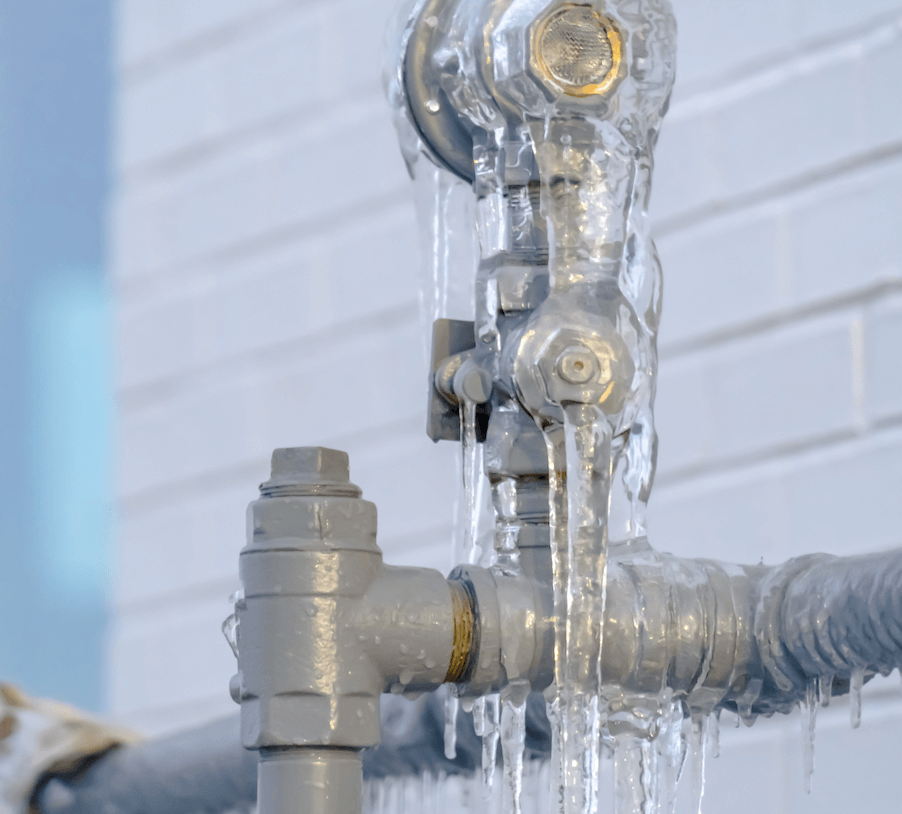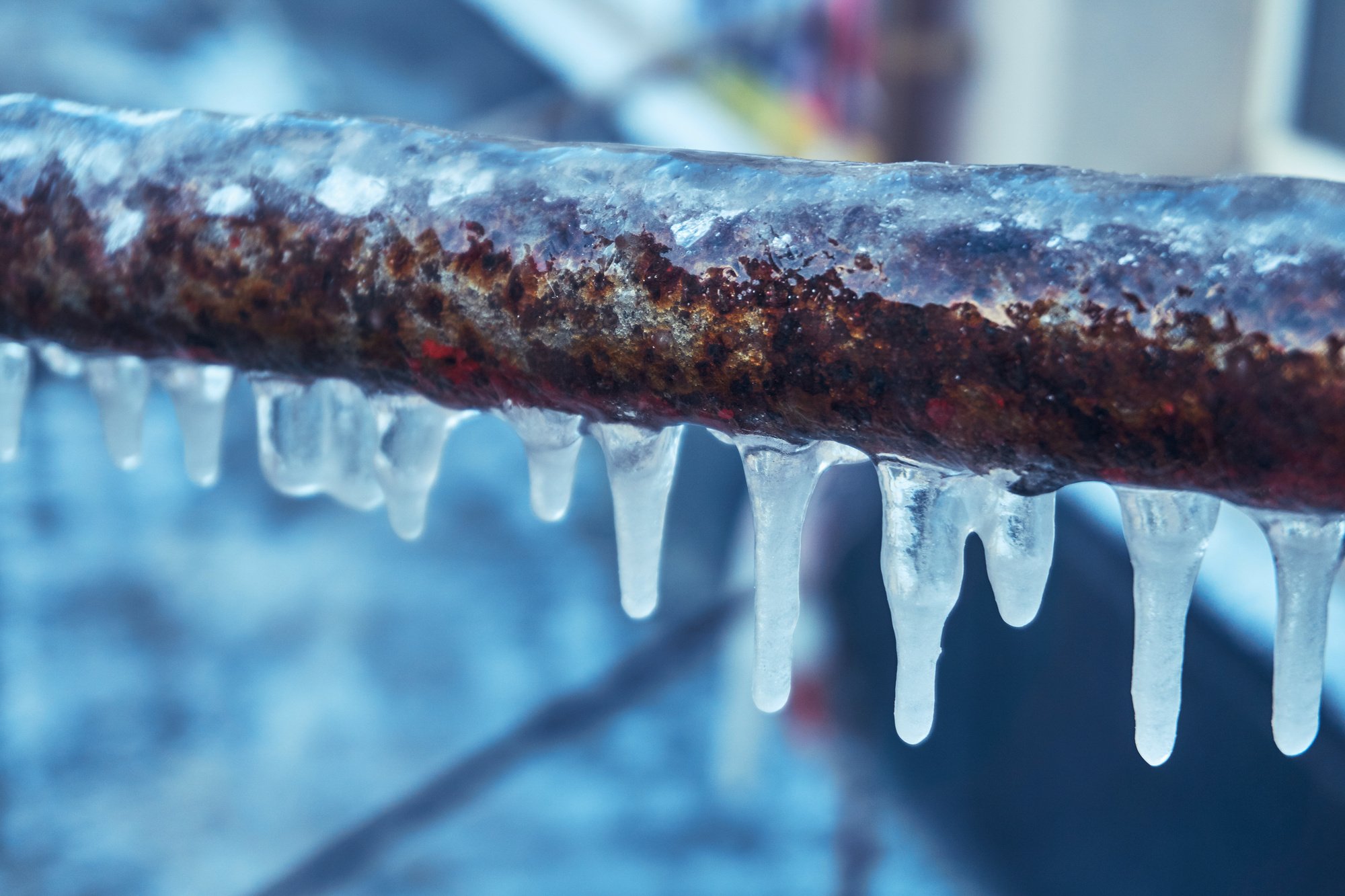What are your thoughts about How To Avoid Freezing Pipes?

Winter can wreak havoc on your pipes, especially by freezing pipes. Right here's how to stop it from taking place and what to do if it does.
Introduction
As temperature levels decrease, the threat of frozen pipelines increases, possibly leading to expensive repairs and water damage. Recognizing how to prevent frozen pipelines is essential for house owners in cool climates.
Prevention Tips
Shielding prone pipes
Wrap pipes in insulation sleeves or utilize warm tape to secure them from freezing temperatures. Focus on pipes in unheated or external areas of the home.
Heating strategies
Maintain indoor rooms properly warmed, specifically locations with plumbing. Open cabinet doors to permit warm air to flow around pipes under sinks.
Just how to recognize frozen pipes
Try to find reduced water flow from taps, unusual odors or sounds from pipelines, and noticeable frost on revealed pipes.
Long-Term Solutions
Structural adjustments
Consider rerouting pipelines far from outside wall surfaces or unheated areas. Include additional insulation to attics, basements, and crawl spaces.
Updating insulation
Buy high-quality insulation for pipes, attics, and wall surfaces. Proper insulation helps keep regular temperatures and reduces the risk of frozen pipes.
Safeguarding Outside Pipes
Garden pipes and exterior faucets
Detach and drain pipes garden tubes prior to winter season. Set up frost-proof faucets or cover exterior taps with protected caps.
Recognizing Icy Pipes
What causes pipelines to freeze?
Pipelines freeze when revealed to temperatures below 32 ° F (0 ° C) for expanded periods. As water inside the pipelines ices up, it expands, putting pressure on the pipeline wall surfaces and possibly causing them to rupture.
Dangers and problems
Icy pipes can cause water interruptions, building damages, and costly repair work. Ruptured pipelines can flooding homes and trigger comprehensive architectural damages.
Indicators of Frozen Water Lines
Identifying icy pipes early can stop them from bursting.
What to Do If Your Pipes Freeze
Immediate activities to take
If you suspect icy pipelines, maintain taps open to relieve stress as the ice melts. Utilize a hairdryer or towels taken in warm water to thaw pipes slowly.
Final thought
Preventing frozen pipelines requires proactive actions and fast feedbacks. By recognizing the causes, signs, and safety nets, homeowners can protect their plumbing during cold weather.
5 Ways to Prevent Frozen Pipes
Drain Outdoor Faucets and Disconnect Hoses
First, close the shut-off valve that controls the flow of water in the pipe to your outdoor faucet. Then, head outside to disconnect and drain your hose and open the outdoor faucet to allow the water to completely drain out of the line. Turn off the faucet when done. Finally, head back to the shut-off valve and drain the remaining water inside the pipe into a bucket or container. Additionally, if you have a home irrigation system, you should consider hiring an expert to clear the system of water each year.
Insulate Pipes
One of the best and most cost-effective methods for preventing frozen water pipes is to wrap your pipes with insulation. This is especially important for areas in your home that aren’t exposed to heat, such as an attic. We suggest using foam sleeves, which can typically be found at your local hardware store.
Keep Heat Running at 65
Your pipes are located inside your walls, and the temperature there is much colder than the rest of the house. To prevent your pipes from freezing, The Insurance Information Institute suggests that you keep your home heated to at least 65 degrees, even when traveling. You may want to invest in smart devices that can keep an eye on the temperature in your home while you’re away.
Leave Water Dripping
Moving water — even a small trickle — can prevent ice from forming inside your pipes. When freezing temps are imminent, start a drip of water from all faucets that serve exposed pipes. Leaving a few faucets running will also help relieve pressure inside the pipes and help prevent a rupture if the water inside freezes.
Open Cupboard Doors
Warm your kitchen and bathroom pipes by opening cupboards and vanities. You should also leave your interior doors ajar to help warm air circulate evenly throughout your home.

Do you appreciate reading about Helpful Tips to Prevent Frozen Pipes this Winter? Create feedback below. We would be glad to see your feelings about this review. We are looking forward that you come back again before long. Feel free to take the opportunity to promote this article if you appreciated it. Thank you for going through it.
Schedule Your Service